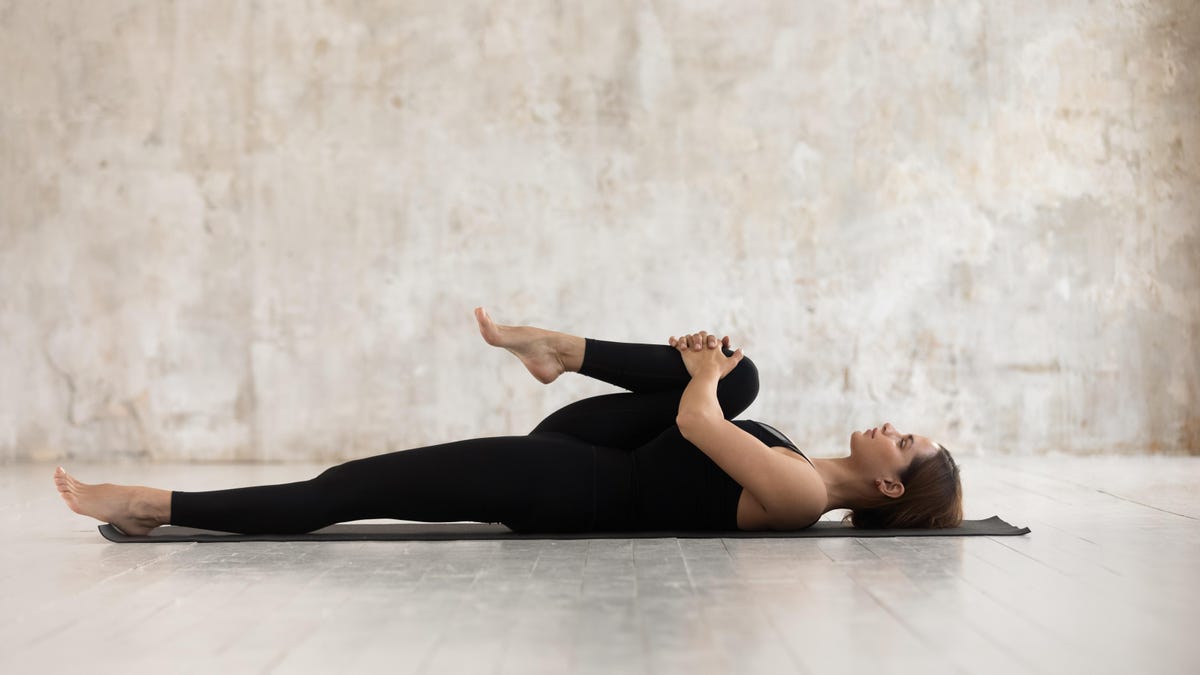These Home Renovations Will Make Your House More Heat-Wave Resilient
In case you haven’t noticed, it’s hot out there. It almost doesn’t matter where you live—even the goddamn arctic circle experienced temperatures over 100 degrees Fahrenheit a couple of years ago, and heat waves have made life unbearable in...


Photo: Diego Cervo (Shutterstock)
In case you haven’t noticed, it’s hot out there. It almost doesn’t matter where you live—even the goddamn arctic circle experienced temperatures over 100 degrees Fahrenheit a couple of years ago, and heat waves have made life unbearable in Europe, North America, Africa, and Asia this summer. And we know there are going to be more heat waves more frequently, bringing even higher temperatures. While we’ve all learned a few lessons about surviving extreme heat, we’re at the point where preventing climate change is probably no longer an option—now it’s all about preparation and planning. If you’re suffering in your house right now because of a heat wave, it’s probably only going to get worse.
The (slightly) good news is that you can take some steps today that will at least mitigate the effects of heat on your house tomorrow. There’s certainly no magic bullet that will allow you to completely ignore a heat wave, but there are a few home renovations that can make your house more heat-wave resilient.
Heat pumps
This might seem obvious, but if you’re still rocking window unit air conditioners (or no AC at all) the time may have come to bite the bullet and install some sort of climate control system in your home. It’s difficult to install central air in an existing home, but mini-split ductless systems are very effective and efficient at cooling your home. Eliminating window units will also help seal up your house, making it easier to cool down and keep cool. Installing any sort of AC is expensive, but the time to start planning for it is now.
Windows
If your windows are old (or cheap), replacing them with new, energy-efficient windows is a must. Not only will new windows offer a nice, tight seal that will keep the cool air in and the hot air outside, but glass that blocks heat transfer and solar radiation will stop heat from getting into the home in the first place, making your cooling bills lower and your AC more effective. Low-e coated glass with argon gas insulation can reduce the number of British Thermal Units (BTUs) coming in through your windows while still allowing plenty of sunlight in. If replacing your windows is too expensive, you can try applying a UV-blocking film to your existing windows. It won’t be as effective, but it will reduce the heat transfer somewhat.
Duct boosters
If you already have central air in your home but it’s been struggling to keep up with heat waves, you might need to consider replacing it or upgrading the condenser unit. But maybe not—you might just need to consider installing duct booster fans. These are simply fans that fit into your existing ducts, adding a little extra muscle to your AC’s ability to push cool air into every part of your home. If you have rooms that never seem to get cool, a duct booster might be the extra oomph your system needs to reach them. They’re cheap and relatively easy to install, so this is a great option if you want to proof your home against heat waves without breaking the bank.
Shade
One of the easiest and most cost-effective ways to cool your home is to enlist your landscaping. Shrubs and trees positioned to block the sun’s rays can stop your home from absorbing heat in the first place. Make sure you give your plants a little space to breathe—i.e., don’t plant them right up against your home—and be patient, as it will take a little time for your shade trees and shrubs to mature and give you their full benefits.
Ventilation
Airflow through your home is essential to keeping things cool. Older homes were built with airflow in mind—hot air was encouraged to rise up into the attic, where a vent would allow it to flow out of the house. This action would then draw cooler air from the basement or crawl space up. It wasn’t exactly air conditioning, but it’s how people survived heat waves in the past. Modern houses are sealed much more tightly, and if you have AC you may have never considered the ventilation situation of your house. But by adding an energy recovery ventilator (ERV) or a fresh air exchange system to your home you can get that old-school airflow going without sacrificing the tight seal and climate control features of the home. Bringing in (and filtering) fresh air from outside not only improves the air quality in your house, it aids in the equal distribution of temperature, making it easier to maintain a comfortable temperature inside even when it’s hot as heck out there.
Roof coatings
If you have a dark-colored roof on your home, it’s essentially a heat battery, absorbing the sun’s rays and raising the interior temperature of your house. Coating your roof with a reflective material can substantially reduce the heat that your roof absorbs, making the upper floors of your home cooler, which in turn will cool down the lower floors as that heat dissipates in turn. Roof coatings are easy and cheap to apply, and also help your roof last longer, saving you money.
Upgrade insulation
Plugging air gaps in your home and adding or upgrading the insulation in your walls and attic area can go a long way towards inuring your house against the heat. Plugging air gaps will keep cooler air inside when your AC is running, and insulation (or better insulation) will help the building regulate its temperature more efficiently. In many cases, you can add or upgrade your insulation without opening up the walls—consult an insulation contractor about the best choice for your home.

 Tekef
Tekef 
































.jpg)
